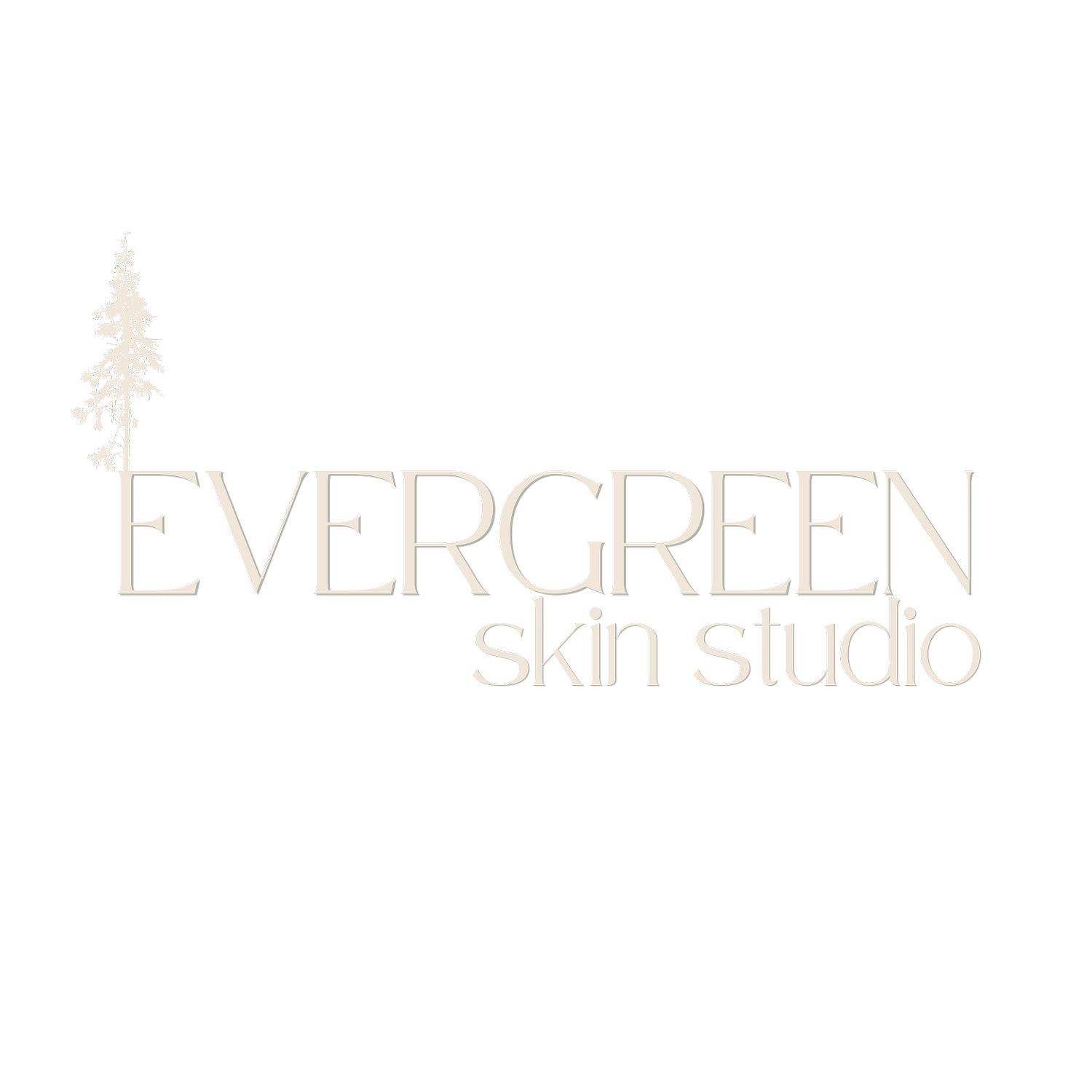Confusion Is The Product: What 20 years in the Beauty Industry Has Taught Me about Misleading Marketing
After two decades in the beauty industry, I can confidently say this: confusion is one of the industry's most profitable products.
The more confused we are, the more products we buy. The more uncertain we feel about our appearance or skincare choices, the more we search for “miracle” solutions. And the beauty industry knows this. In fact, it thrives on it.
Fast Beauty, Sensitized Skin, and the Cost of Overconsumption
We’re constantly bombarded with marketing that encourages us to do more: more steps, more exfoliation, more “active” ingredients, more spending.
A perfect example? The "skin cycling" trend that went viral a few years ago. It promoted a seven-day skincare rotation with two days of exfoliation and two days of retinol. That may sound structured and appealing, but for many people, this type of regimen leads to barrier dysfunction, chronic inflammation, and sensitized skin—especially without professional guidance. What works in a catchy Instagram post doesn’t always work on real skin.
The Language of Confusion: “Medical Grade” and “Professional” Products
Part of the confusion comes from industry buzzwords like “medical grade,” “professional skincare,” and “cosmeceutical.” These terms sound reassuring—but they’re largely meaningless.
- Medical grade? There’s no such classification. A product is either a prescription drug or it’s not.
- Professional skincare? This used to mean that a product was only sold through licensed aestheticians who had specialized training. Today, many brands use the term for marketing—even if their products are sold direct-to-consumer with no education or oversight.
The lines have blurred, and in an industry that’s largely self-policed (as long as drug claims aren’t made), brands can say almost anything. And they do.
Photoshop, Filters, and False Promises
Add to this the fact that so many skincare ads rely on retouched images and unrealistic promises, and it’s easy to see why consumers feel like they’re constantly falling short. You're not failing—you're being misled.
The Sunscreen Misinformation Maze
Even sunscreen—a non-negotiable in any skincare routine—is a source of confusion.
- Many people think SPF 50 is dramatically better than SPF 30, when in reality the difference is just 1–2% more UVB protection.
- Chemical sunscreen filters, while legal, have been shown to potentially disrupt hormones, thyroid function, and reproductive health.
- Regulatory improvements are happening slowly, but not fast enough to protect consumers from clever marketing.
What Actually Works: Simple, Barrier-Friendly, Skin-Supportive Habits
So what should we focus on instead? The basics. The boring stuff that actually works. The quiet consistency that builds long-term skin health.
Here’s what I recommend after 20 years of watching trends come and go:
- Use barrier-protecting products and treatments that support the skin instead of stripping it.
- Hydrate: drink water, eat water-rich foods, and moisturize with oil-based products that seal in hydration.
- Nourish your skin from the inside out with colorful fruits, vegetables, whole grains, and healthy fats—these are the building blocks of good skin cells.
- Prioritize stress management (yes, stress shows up on your skin).
- Pay attention to your skin’s signals. Symptoms like breakouts, redness, or dryness are your skin communicating. Don’t ignore them—get curious about what might be happening internally.
Final Thoughts: Empowered, Not Confused
You deserve skincare that works—not marketing that manipulates. My goal as a professional is to help you cut through the noise, make informed decisions, and support your skin in a way that feels good—not overwhelming.
Let’s stop chasing trends and start listening to our skin.

